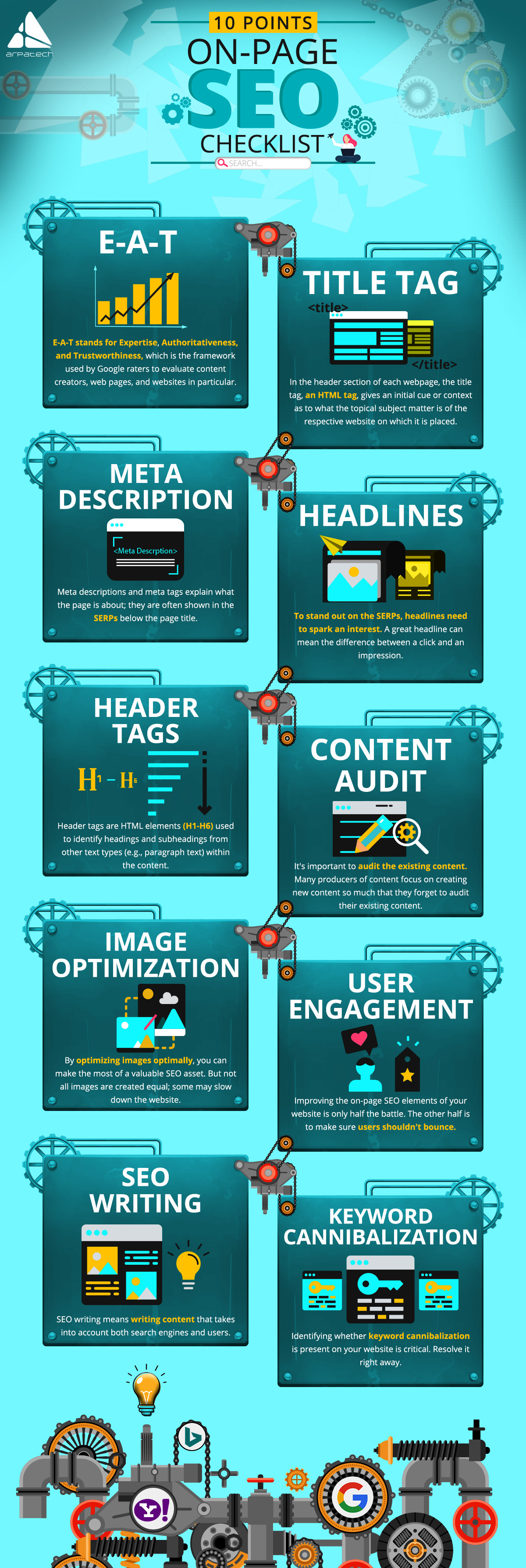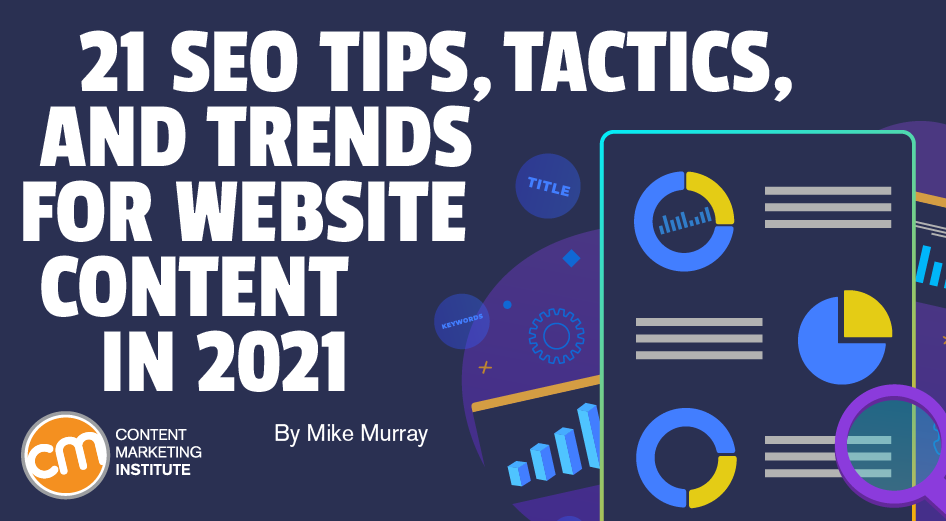
A responsive website is part of a well-planned strategy for SEO for local businesses. Local search results will rank your business higher if you create content that appeals directly to customers. This is especially important, as over half of all online traffic is generated by mobile devices. Your website must be mobile-friendly because Google's mobile first indexing is now available. To remain competitive, you will need to optimize your website for mobile devices.
Google My Business
Google My Business can be a valuable tool in your local SEO strategy. It allows you to list services, allow customers to leave reviews, and add attributes. These attributes will appear in the Knowledge Graph if someone searches for your company name on Google. With 70 percent of all searches made on Google, your listing should be as relevant as possible for potential customers. Google's market dominance is something no small business owner should ignore.
Schema markup

To improve your local SEO and rank higher in search engines, you can use schema markup. It will require some programming skills. It is important to understand the basics of Microdata and JSON -LD before you can start. These languages are used to describe data. Once you have these two skills, you can move on to implementing schema markingup. Select a suitable template and be as descriptive as possible. You can add richness and variety to your local profile by using other elements.
Citations
Search engine rankings can be improved by including local business references. Google associates trust with websites that are reputable with more businesses if they have received citations. Search engine crawlers consider other factors to determine how trusted a website is, such as its domain rating. Whatever the source, ensure you only use well-structured citations that come from reliable sources. Here are some tips for citing a business.
Positive
Online reviews can increase the SEO of your business. Industry studies show that 84% of consumers trust online reviews over personal recommendations. Your customers will trust you if they leave reviews on your site. This will also help to verify your business' legitimacy. Continue reading to find out more about customer reviews and how they can be generated. You should also respond to reviews promptly and courteously.
Responsive design

A responsive design is essential for marketing your business. Whether people are browsing on a smartphone or a tablet, responsive design optimizes your website content and delivers it in the format they expect. It is important to remember that 88% of internet users believe that websites should look the same on mobile devices as they do on desktops. A responsive design is a must for 57 percent, which means that they would not trust a website designed by a business.
Keyword research
The foundation of SEO for local businesses is keyword research. Without it, you can't optimize your business or engage in ranking tactics. Keyword research can help you create landing pages and get to know your target audience. It can help you to find similar markets, refocus and attract customers. Here are five ways to use keyword research to help local businesses.
FAQ
How Much Will It Cost Me To Rank High In Search Results?
Costs of search engine optimization will vary depending upon the type or project. Some projects only require minor changes to an existing website while others will require a complete redesign. Monthly fees are charged for keyword research as well as maintenance.
Why SEO strategy is important?
The main goal of search engine optimization (SEO) is to increase traffic to your site by getting as many people as possible to find you when they use Google.
Search engines like Google and Yahoo! store information about websites in servers called crawlers. They send this data back from the company's central databases. This allows them index web pages for search purposes.
People will click on your links and visit your pages if you appear high in the results. These searches will not show you, so you won't get found.
Ranking highly in search engines such as Google and Yahoo is the best way for your site to be found. There are two main methods to achieve this: paid advertising or natural organic links.
Paid Adverts - Companies that pay per-click for online advertising to appear first in search results will be known as Paid Advertising. These ads could include banner ads and text ads as well as pop-ups and e-commerce widgets.
Natural Organic Links - Natural organic links are those where you have built an excellent site over time and earned your industry's trust. Over time, links are built naturally through guest posting, commenting on other sites, and so forth.
You need to continue investing in both marketing forms in order to be competitive.
What is an SEO Campaign?
An SEO campaign is a series of activities designed to improve the visibility of a particular webpage or domain name in search engines like Google, Bing, Yahoo, and others. These activities include optimizing title tags, meta descriptions tags, URL structure and page content.
SEO campaigns usually begin with keyword research. This is where keywords are identified that will increase organic traffic. Once keywords are identified, they should be optimized across the website from the homepage to individual pages.
How do I get started with SEO?
There are many ways to get started with SEO. The first step in SEO is to identify keywords you'd like rank for. This is known "keyword search." Next, optimize each website page to these keywords.
Optimization involves optimizing titles, descriptions and meta tags. It also includes creating unique page URLs and linking to other websites. After optimization is completed, your website will be submitted to search engines such Google, Yahoo! and Bing.
To know if your progress is being made, you will need to keep track.
What are different SEO strategies?
Different types of SEO strategies include search engine optimization (SEO), social media optimization (SMO), and pay-per-click advertising (PPC).
SEO is a way to optimize content for certain keywords through text formatting and HTML code.
This will ensure that your site ranks higher in search results pages.
Social media optimization (SMO), in contrast, involves optimizing your site for social networks like Twitter and Facebook.
These help build your brand reputation online, making visitors more likely to visit your site when searching for related topics.
PPC ads are also displayed at the top search results pages and show relevant products or services.
Google paid search advertisements are the most well-known type of PPC advertisement. These ads cost money, but are extremely effective.
Other forms of PPC advertising include video ads, sponsored posts, and display ads.
Statistics
- Deleting those 10k pages is one of the main reasons that he improved his site's organic traffic by nearly 90%: (backlinko.com)
- 93%of online experiences today begin on search engines. (marketinginsidergroup.com)
- 64% of marketers actively create SEO campaigns because they help hit multiple key performance indicators (KPIs), including increasing traffic, helping your site rank for relevant keywords, improving your conversion rate, and much more. (semrush.com)
- : You might have read about the time that I used The Content Relaunch to boost my organic traffic by 260.7%: (backlinko.com)
- If two people in 10 clicks go to your site as a result, that is a 20% CTR. (semrush.com)
External Links
How To
How do I start my first blog.
It's simple! WordPress is an excellent platform for creating a blog. The user can modify the look and feel of their blog easily by adding themes and changing fonts and colors. They can also create plugins that will automatically alter certain aspects of the website according to visitor activity.
There are many free templates you can download from WordPress.org. You also have the option to purchase premium templates. Premium templates include extra pages, plugins, advanced security, and more.
After you have downloaded the template, you will need to sign up to a free hosting account to upload your files to your blog and manage it. Many hosting companies offer free accounts. However there are limitations to how much space you can have, how many domains your site can host, and how often you can send emails.
If you plan to use more domain names, you will also need to purchase separate email addresses. Some hosts charge a monthly fee for this service.
It's easy to wonder why someone would pay to host a blog online, especially if you're just starting out with blogging. The majority of hosts offer unlimited storage so files aren't deleted even if accidentally deleted.
Many hosts allow users to host multiple domains. This means you can have multiple sites with the same hosting package. You don't need multiple email addresses and can manage all your sites through the one interface.
Some hosts include social media sharing icons on their dashboards. This allows visitors share posts easily across the internet.
Most hosting companies offer tools for managing your blog. You can check your site's performance statistics, see how many visitors each post has received and compare your traffic to similar blogs.
These tools can make it easier to manage your blog faster and easier, so make sure you check them out before you buy a web hosting plan.
To sum up:
-
Pick a topic that's relevant to you business.
-
Create engaging content;
-
Optimize your site using SEO techniques;
-
Promote your site using social media channels;
-
Keep an eye on your statistics to see if you can make any changes.
-
Remember to update your blog regularly.
In short, create good content, promote it effectively, and track its success.